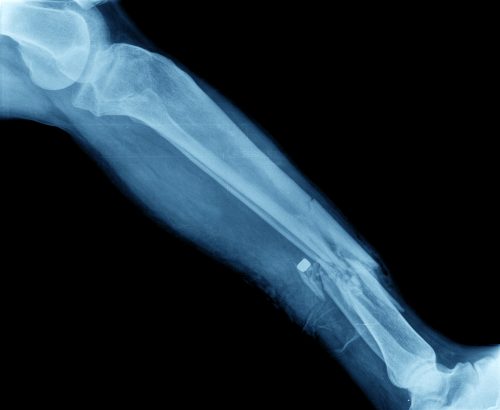Whole-body MRI (WBMRI) is significantly more sensitive than PET/CT at detecting bone marrow involvement (BMI) in multiple myeloma (MM) patients, according to a study presented at the 17th International Myeloma Workshop.
To conduct this retrospective study, two radiologists and two nuclear medicine specialists independently reviewed 84 pairs of MRI and PET/CT scans procured from 73 MM patients to evaluate the presence and patterns of BMI. At baseline, they established the best valuable comparator (BVC) for BMI using a panel review who analyzed follow-up imaging, biological and pathological information. The researchers assessed intra-and inter-reader association between MRI and PET/CT using the prevalence adjusted bias-adjusted kappa (k) coefficient, and the link between imaging and biological, pathological, and clinical findings was evaluated using Wilcoxon rank-sum and chi-square tests.
The results showed that intra- and inter-reader agreement was excellent for MRI (k=0.90 [0.81; 1.00] and 0.88 [0.78; 0.98]), and substantial for PET/CT (k=0.80 [0.69; 0.91] and 0.71 [0.56; 0.86]). The researchers observed that MRI sensitivity in detecting BMI (97% [90%; 100%]) was notably superior to that of PET/CT (76% [64%; 85%]). Moreover, the specificity of MRI (86% [57%; 98%]) was lower than that of PET/.CT (93% [66%; 100%]), without reaching statistical significance.
“There was a strong correlation between decisions regarding patient management and PET/CT findings,” the researchers concluded.
Lecouvet F A, et al. Bone Marrow MRI Versus 18F-FDG PET/CT for Detecting Multiple Myeloma Lesions: Diagnostic Performance and Clinical Relevance: Pooled Analysis of 2 Single Arm Studies. Presented at the 17th International Myeloma Workshop; September 12-15, 2019; Boston, MA.







 © 2025 Mashup Media, LLC, a Formedics Property. All Rights Reserved.
© 2025 Mashup Media, LLC, a Formedics Property. All Rights Reserved.